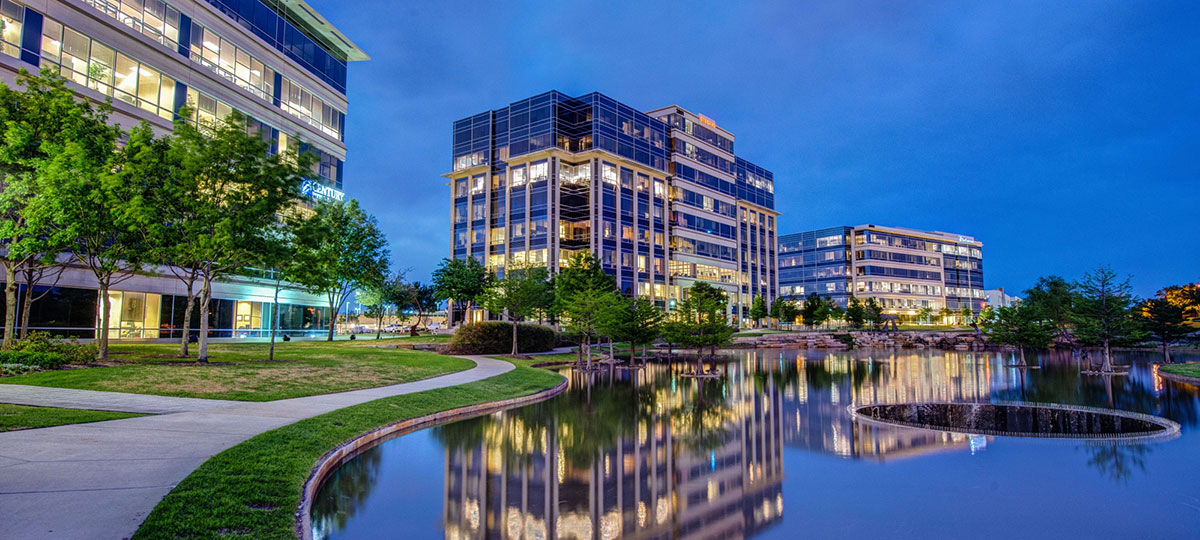
The Millennial Effect: Reshaping Real Estate for America’s Largest Generation
June 5, 2020 — The Big Picture
Millennials, members of the diverse generation currently making up nearly a quarter of the U.S. population, are reshaping American society and, with it, commercial real estate. The generation is delaying many of the traditional life stages of young adulthood that were commonplace for baby boomers, including marriage in your twenties and the subsequent purchase of a single-family home in the suburbs. This can be attributed to many factors, but the most common are high levels of student debt, underemployment, and the desire for the flexibility and convenience of renting, despite the high price tag. These substantial lifestyle shifts are causing commercial real estate developers – myself included – to adapt. Specifically, millennials prefer to live in densely populated areas where they can live, work, and play, creating a growing demand for walkable, urban mixed-use developments. Moreover, employers see these trends and want to locate their offices in areas with walkable new urban experiences that will help recruit and retain top talent.
When our company HALL Group began developing commercial real estate in Frisco, Texas in the mid-1990s, office parks were in high demand. We opened our first office building at then-called Hall Office Park in 1997, and our target market for tenants was comprised of baby boomers and Generation X. There was a desire for a separation between work and life. Suburbs were designed to place subdivisions of homes in one area and office buildings in another. Today, we have constructed 17 office buildings throughout the park’s 162 acres. Our goal was always to create a unique office setting, so we incorporated lakes and open green spaces, and filled them with a diverse art collection with more than 200 works. But today, that is not enough. We recently renamed the development ‘HALL Park,’ and are now in the midst of redesigning our masterplan to appeal to the largest generational workforce in the United States – millennials.
Here is what we know about the millennial generation. They prefer walkable, eco-friendly, mixed-use developments with easy access to dining, entertainment, nightlife, retail, and residential offerings. They want choices, flexibility, and experiences they can enjoy. Millennials place a premium on ease and convenience and prefer to spend the time they could be commuting pursuing activities they are passionate about. They are also the most socially conscious and health-oriented generation, preferring sustainable brands and workplaces with wellness offerings. According to an international CBRE study, 78 percent of millennials view workplace quality as important when choosing a job and 69 percent will trade benefits for a better work environment. These factors have led us and other real estate developers to completely reimagine amenity offerings, racing to find new ways to attract companies who are looking to recruit and retain millennial employees and to create a sense of place that will endure over time.
Over the past several years, we have been evolving HALL Park’s amenities to adapt to these millennial preferences. One-third of the park’s acreage is dedicated to green space, and we offer jogging trails, fitness centers, outdoor meeting spaces, a vast art collection, a bike share program and on-site dining options. However, in order to fully adapt to the changing real estate landscape, we are now in the process of redesigning the park to include residential offerings, along with a new, fully programmed five-acre park, boutique hotel, food hall, and performing arts center. Construction on this first phase of development will begin next year, with half a billion dollars in construction supporting these generational changes. This new development will create a fully mixed-use, walkable destination, giving millennials the ability to live where they work, and work where they play.
The rise in popularity of mixed-use developments has been taking shape over the past decade but reached a high point in recent years. According to research presented to us by Christopher Leinberger, chair of George Washington University’s Center for Real Estate and Urban Analysis, real estate assets within a walkable mixed-use development see a 15 to 30 percent increase in value. He also explained that single-family homes located within close proximity to walkable urban destinations can see a 40 to 100 percent per square foot valuation premium. This will continue to render many existing real estate assets, such as suburban single-use office parks, obsolete; a similar fate to what we have seen with shopping malls. In fact, even many baby boomers who are now empty nesting and seeking to downsize for convenience are seeking out these walkable mixed-use neighborhoods. As millennials – along with their immediate successors, Generation Z – continue to trade single family homes for high-end apartment rentals and a commute from the suburbs for a quick walk to work, these mixed-use destinations will remain in high demand.
Featured photo HALL Park © HALL Group